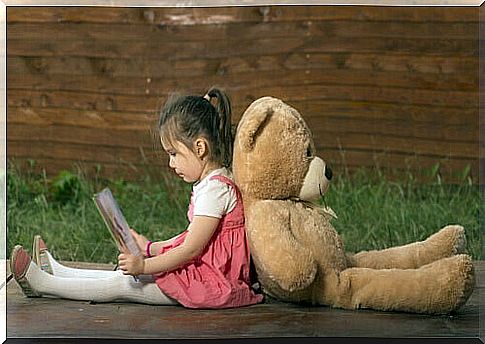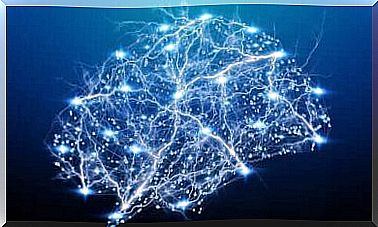“Mom, I Don’t Need You “: Avoidant Attachment In Children

Attachment is the feeling of intense closeness that plays a huge role in our relationships. Although there are some types of attachment that are detrimental, interpersonal attachments are, in and of themselves, healthy and necessary. They have their origin in childhood, one of the most formative stages of life. That is, if there is any form of neglect or harmful behavior during this period, bond building can be disrupted. Some people who have experienced this show an avoidant attachment.
If the environment in which we grow up causes us to develop this type of attachment, we will have trouble building healthy relationships. However, we will not be aware of these issues until we are adults. And there are even adults who have problems that have arisen from an avoidant attachment but do not know the causes.
Let’s think about how children adapt to the environment into which they are born. If the parents are too protective or too distant, the children will develop defensive strategies to deal with them. One of these strategies is avoidant attachment.
Ainsworth’s experiment on avoidant attachment
Mary Ainsworth has conducted various studies that have led her to define three types of attachment: secure, ambivalent, and avoidant. Of these types, only the secure bond is “ideal”. The others are dysfunctional bonds.
As for the avoidant attachment that we want to look at today, Ainsworth conducted an experiment that she called “strange situation”. In this experiment, she studied the behavior of babies who were separated from their mothers. What Ainsworth discovered was very telling: the children got angry very quickly, that is, they were very susceptible to anger. At the same time, they did not do what was expected of them. They didn’t look for their mothers when they needed them.

It is very likely that a baby with a healthy relationship with a mother will start crying when she leaves or walks away from him. But when the mother comes back, it stops crying and feels safe, calm and happy.
Babies with an avoidant attachment to their mother acted (and felt) differently. They showed indifference. They didn’t care whether the mother went away or came back. The mother simply did not give them the security the child needed.
If a child experiences rejection when they come to their parents and the parents fail to respond to the child’s emotional needs, then they are very likely to develop an avoidant attachment.
What is most interesting about Ainsworth’s experiment is that children with this type of attachment simply ignored their mothers. However, they were friendly and sociable towards strangers. Ainsworth concluded that the babies hadn’t learned how to communicate their emotional needs to their mothers (or, if they had, that hadn’t worked) and that they learned from doing without their mothers.
Avoidant attachment and its effects in adulthood
Avoidant attachment has serious consequences for both young and adult. There are two subtypes of avoidant attachment, and they have different effects: rejecting-avoiding and fearful-avoiding. Now let’s take a closer look at how these two subtypes affect attachment in adulthood.
People with a negative-avoidant bond are mostly independent. Often times they are seen as self-sufficient. Their emotional world leads them to reject anyone who intends to become dependent on them. Likewise, they are unwilling to deepen relationships because they refuse to bond with anyone.

On the other hand, people with fearful-avoidant attachments seek intimacy with other people. However, in the end, their fear prevails. It is difficult for them to trust others as they are afraid of being hurt. When they manage to have intimacy with other people, it makes them feel very uncomfortable.
People with an avoidant attachment have great difficulty expressing their feelings. Your refusal to bond with other people is just a strategy to protect yourself from rejection. They have learned to defend themselves and get along without the protection of their parents. Because of this, they have become self-sufficient. However, they suffer a lot, even if it doesn’t look like it.
Children who withdraw and develop an avoidant bond with their parents – that is an alarm signal. Sometimes these children act hostile and aggressive. In adolescence they isolate themselves increasingly, which makes them unpopular with their peers.
Childhood is a very important phase. By creating the conditions for secure attachment, you help children grow into adults who are able to develop healthy relationships. If this does not happen then they will develop strategies to protect themselves. And putting it down again is a very difficult task.









